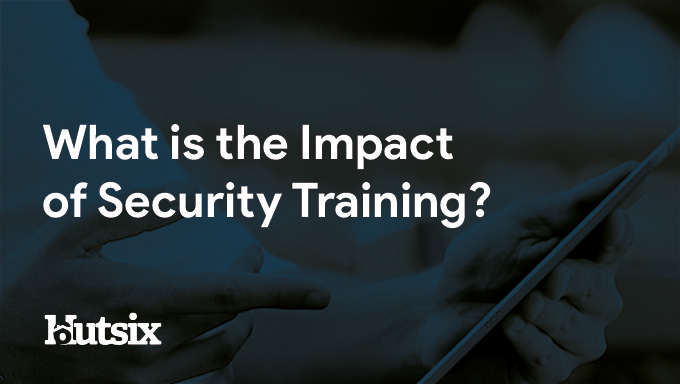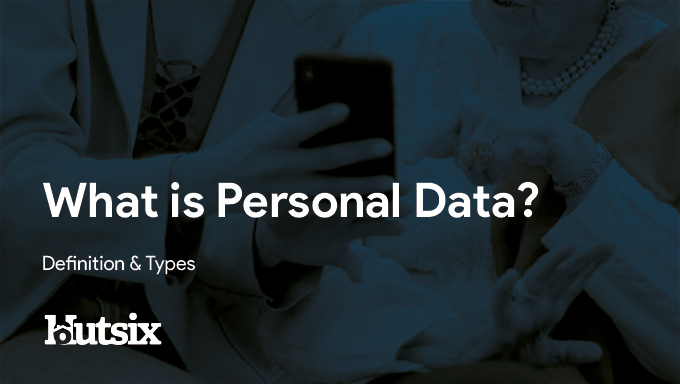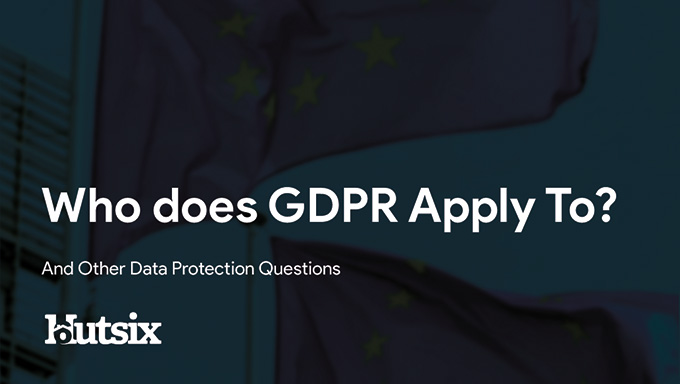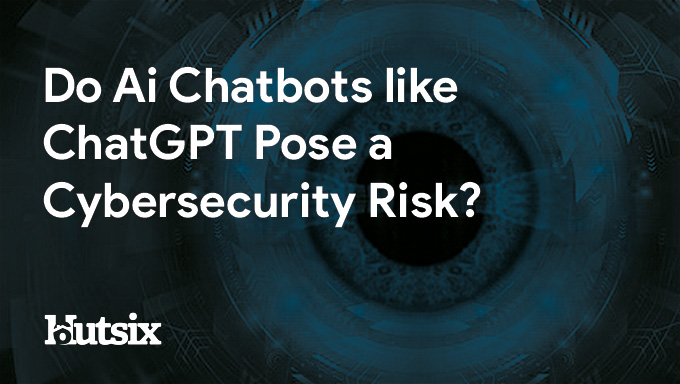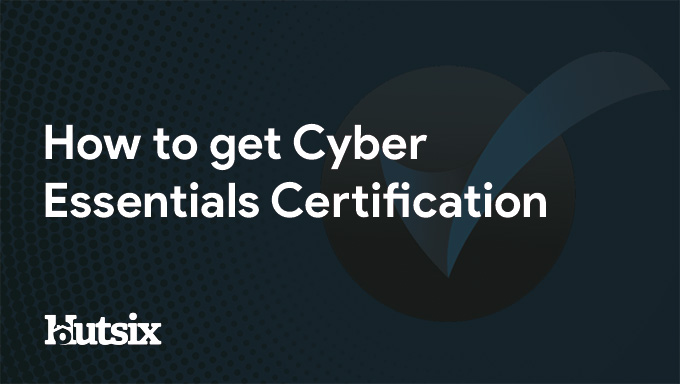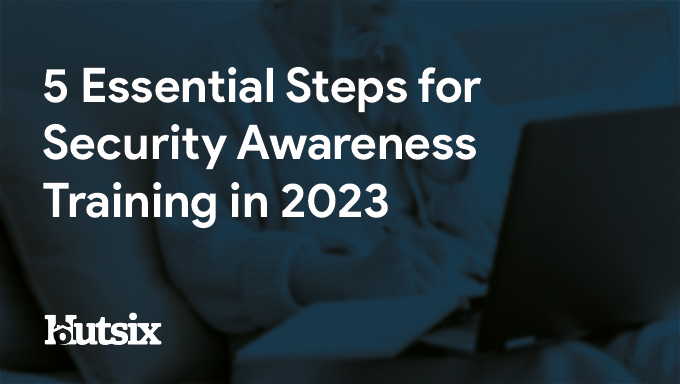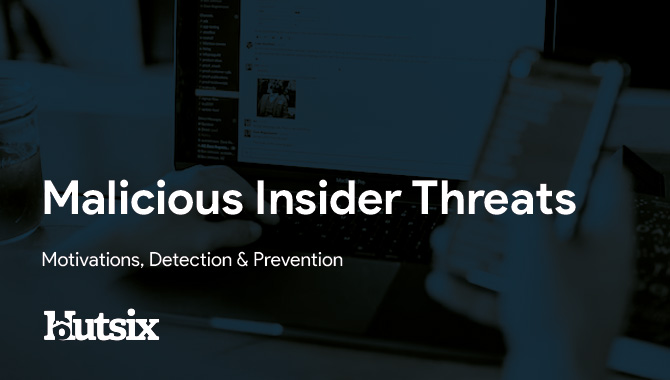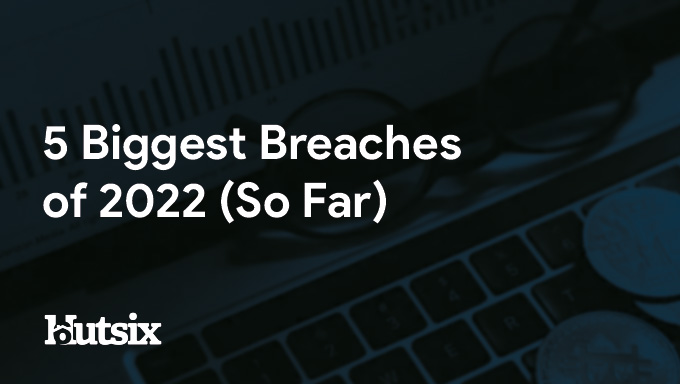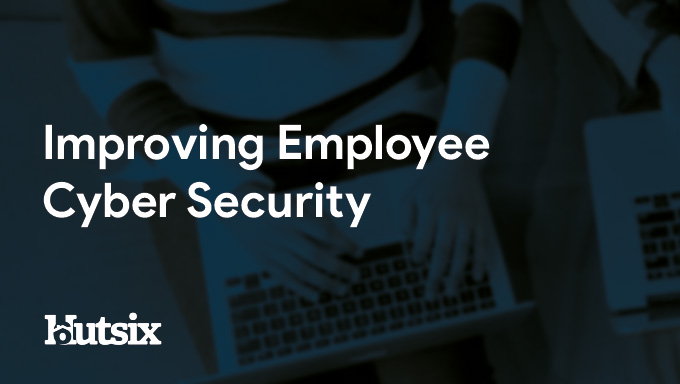Why Phishing Simulations Still Work
You'd think we'd have cracked it by now, wouldn't you?
With all the news stories, horror breaches, and years of cyber security awareness training behind us, surely people have learned not to click suspicious links. And yet... they still do. Every year. Every company. Someone always clicks.
Here's the thing: phishing simulations still matter, because phishing still works. It works so well, in fact, that over 90% of cyber attacks start with a phishing email. And let's be honest, nobody's perfect. We all get tired, distracted, or fooled by something that looks legit in the rush of the workday.
That's where phishing simulations come in. Not to catch people out, but to build better instincts. These aren't just fake emails for fun. Done right, they're one of the most powerful tools in your security toolkit, helping people recognise real threats before it's too late.
In this article, we're unpacking why phishing simulations are still relevant, how they actually improve behaviour, and what separates helpful training from a box-ticking exercise. Spoiler alert: it's got a lot to do with how you do them, not just whether you do them at all.
Looking to learn more about Information Security?
Talk to one of our experts about effective training now.
What Are Phishing Simulations, Really?
If you've ever clicked a suspicious-looking link, only to be met with a friendly message saying, "This was a test," then you've seen a phishing simulation in action.
Phishing simulations are mock phishing emails sent to employees by their own organisation, designed to mimic real-world scams. The goal? To test awareness, spot risky behaviours, and help people learn what a phishing email actually looks like in the wild. Not just from a textbook, but from their own inbox.
Read More: AI and the Future of Spear Phishing
Not just another fake email
The best phishing simulations don't just trick people. They teach them. When someone clicks, they get instant, bite-sized guidance that explains what gave the phish away. Think of it like learning through muscle memory, the next time a real phishing email drops in, that little voice goes, "Hang on, something's off here."
This is exactly where Hut Six shines. Our phishing simulator delivers three-stage attacks, tracking who opens, clicks, and submits, but with an ethical twist. Instead of punishment, there's point-in-time training. No shame, no blame. Just a better way to learn.
Testing... but with a purpose
You might be wondering, isn't this just testing people? Well, yes. But it's testing with purpose. These simulations help organisations build real insight: where the weak spots are, which departments need more support, and whether awareness is improving over time.
It's a bit like a fire drill. You're not hoping anyone gets burned, you're just making sure everyone knows how to respond when it counts.
Phishing Simulation Work
Behaviour change takes practice
Nobody becomes security-savvy overnight. Just like you wouldn't run a marathon without training, you can't expect employees to spot every phishing attempt after one annual course. Phishing simulations work because they're small, frequent nudges. Gentle reminders that build reflexes over time.
Even when people do click, that's still valuable. It tells you who needs support, what kind of attacks are slipping through, and where to focus your next round of training.
And remember: learning from a mistake in a safe environment is a lot better than learning the hard way.
Simulations Are More Than Just Tests, They're Culture Builders
Let's shift the lens for a second. Phishing simulations aren't just about clicks and reports. They're about something much bigger: building a cyber security culture that actually sticks.
Read More: 5 Anti-Phishing Insights Every CISO Should Know
From test to talk
When someone falls for a phishing simulation, what happens next can shape how they think about cyber threats going forward. If they're shamed, they shut down. If they're supported, they lean in. That's the difference between a gotcha moment and a learning moment.
In the best environments, simulations spark conversation. Someone gets caught, they tell a colleague, and suddenly the whole team is thinking, "Could I have spotted that?" It becomes a shared learning experience, not a secret slip-up.
This is why Hut Six delivers phishing simulations alongside engaging, story-driven training modules. These real-life branching narratives give people more than just "right or wrong", they show the why. They connect cyber security to everyday decisions.
Culture is caught, not taught
You can't force a healthy security culture with rules alone. It grows when people feel part of it, when they believe their actions matter. Phishing simulations help by making cyber awareness part of the everyday rhythm, not an annual afterthought.
Over time, these habits take root. People start second-guessing that odd-looking link. They flag the weird email instead of clicking. They start to see security not as someone else's job, but as part of their own.
And that's where the magic happens.
Common Missteps, And How to Avoid Them
Phishing simulations are powerful, but they're not magic. Like any tool, they work best when used well. Unfortunately, a few common missteps can do more harm than good.
Fatigue is real
Here's a quick way to kill engagement: run the same simulation over and over. People catch on. They stop paying attention. Or worse, they start treating it like a joke.
The solution? Keep it fresh. Vary the content. Use real-world scenarios that evolve with the threat landscape. That's why Hut Six offers multi-season training and a wide range of phishing templates, because nobody learns from déjà vu.
Punishment doesn't teach
Publicly naming employees who clicked? Making them sit through extra training as a "penalty"? That's not awareness. That's alienation.
When simulations become punitive, people stop reporting out of fear. The goal isn't to catch people out, it's to bring them in. That means offering support, context, and a safe space to make (and learn from) mistakes.
No follow-up, no growth
A phishing simulation without feedback is like a test without results. If someone clicks and hears nothing, how are they supposed to improve?
Point-in-time feedback, the kind built into the Hut Six platform, gives employees instant clarity. They learn what they missed and how to spot it next time. It's low-friction, high-impact, and way more effective than a scolding email weeks later.
The Hut Six Difference, Making Simulations Human
Most phishing simulators focus on one thing: catching mistakes. At Hut Six, we flipped the script. Our focus is on what happens after someone clicks, because that's where real learning begins.
Training that respects your people
We believe in training that builds confidence, not shame. That's why every phishing simulation in the Hut Six platform comes with immediate, respectful feedback. No finger-pointing. Just a clear explanation of what went wrong and how to spot it next time.
It's part of our broader commitment to ethical, human-centred training. We don't just want your staff to pass a test, we want them to feel more secure, more empowered, and more aware.
Simulations that actually teach
Let's be honest, nobody wants more boring training. Our training is fully integrated with engaging, bite-sized modules that reflect real-life situations. These are stories your team can relate to, not just rules they're forced to memorise.
Everything lives in one platform, from reporting dashboards to customisable content. There's support for Active Directory, Single Sign-On, and full LMS integration. That means less admin for you and a smoother experience for your users.
And if you're still wondering whether it's worth trying, it is. You can start a free trial, explore the courses, and see the difference for yourself. No pressure. Just progress.
Why Do They Still Work?
Phishing simulations still work because people are still human.
They forget things. They get busy. They click links. That's not a failure of intelligence, it's just real life. And that's exactly why simulations matter.
They create space for learning in the flow of work. They help teams build habits that stick. And when done right, with empathy, variety, and real-world relevance, they transform security from a tick-box exercise into part of your company culture.
It's not about catching people out. It's about lifting them up.
So, if you're wondering whether phishing simulations are still worth the effort, the answer is yes. But only if you do them with purpose. With people in mind. With a partner who actually gets it.
That's what we do at Hut Six. And if you're ready to see what that looks like, we'd love to show you.
Explore our platform. Start a free trial. Or just book a quick demo. No pressure, just a better way to train.
Security Awareness for your Organisation
Enjoyed our blog? Learn more about how Hut Six can help improve you security awareness with training and simulated phishing. Start a free trial now, or book a meeting with one of our experts.
Featured
What is the Impact of Security Awareness Training? - Hut Six
Discover the Impact of Security Awareness Training: Prevent breaches, foster culture, & build trust.
What is Personal Data?
Learn about personal data, its types, and significance in data protection. Explore general and special category data, as well as pseudonymised and anonymised data under the GDPR.
Who Does GDPR Apply To?
Who Does GDPR Apply To? And Other Data Protection Questions/ Information Security blog by Information security awareness provider Hut Six Security.
Does ChatGPT Pose a Cybersecurity Risk
In this blog post, we explore whether AI chatbots like ChatGPT pose a cybersecurity risk. We delve into the potential vulnerabilities and threats posed by chatbots, and discuss measures that can be taken to mitigate these risks. Read on to discover how you can ensure the security of your organisation's chatbot interactions.
How Do I Get Cyber Essentials Certified?
Learn how to obtain Cyber Essentials certification and enhance your organization's cybersecurity posture with our comprehensive guide. Our expert insights will help you navigate the certification process to meet the requirements for Cyber Essentials.
Essential Steps for Security Awareness Training
Starting a security awareness training campaign? Here are 5 essential steps to help ensure information security success.
Malicious Insider Threats - Meaning & Examples
Malicious insider threats can cause massive problems. Here we examine some of the motivations behind attacks and methods of detection organisations can use to reduce risk.
5 Biggest Breaches of 2022 (So Far)
Five of the biggest and most significant data breaches, hacks, and information security attacks of 2022 (so far).
Auditing for GDPR Compliance
Questions to consider when auditing your business or SME for General Data Protection Regulation (GDPR) compliance.
Improving Employee Cyber Security
With human error responsible for many breaches and attacks, we offer some helpful areas for improving employee security compliance.



